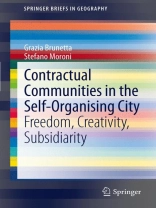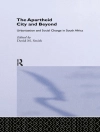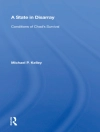Both “land-use regulation” and “territorial collective services” have traditionally been accomplished in cities through coercive efforts of public administrations. Recently, land-use regulation and collective service provision regimes have emerged within “contractual communities:” territory-based organisations (usually, but not exclusively residential) such as homeowners’ associations.
This book examines the problems and opportunities of contractual communities, avoiding both the alarmism and unwarranted apologies found in much of the literature on contractual communities.
The central notion is that cases in which coercive action by a public agency was deemed indispensable have been unjustly overstated, while the potential benefits of voluntary self-organising processes have been seriously understated. The authors propose a revised notion of the state role that allows ample leeway for contractual communities of all forms.
Tabla de materias
Introduction: Contractual Communities in the Self-organising City.- part one: Characteristics and Functions of Contractual Communities: 1: Types of Contractual Community.- 2: Differences and Simularities between Contractual Communities, and Reasons for their Success.- Part Two: The Role of Contractual Communities: 3: Positive Aspects and Limits of Contractual Communities.- 4: The Space of Contractual Communities and the Re-design of the State’s Role.- Part Three: Precursors to the idea of Contractual Communities: 5: The Proposal of Ebenezer Howard.- 6: The Proposal of Spencer Heath.- Appendix: Data and Figures.- References.












